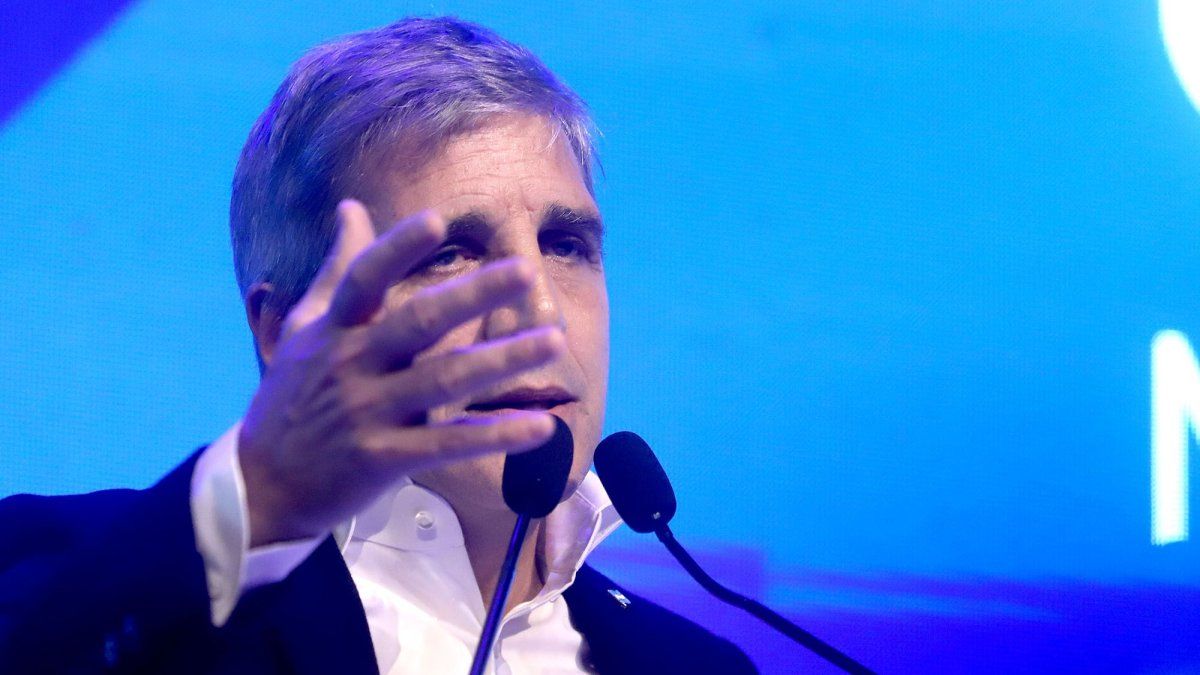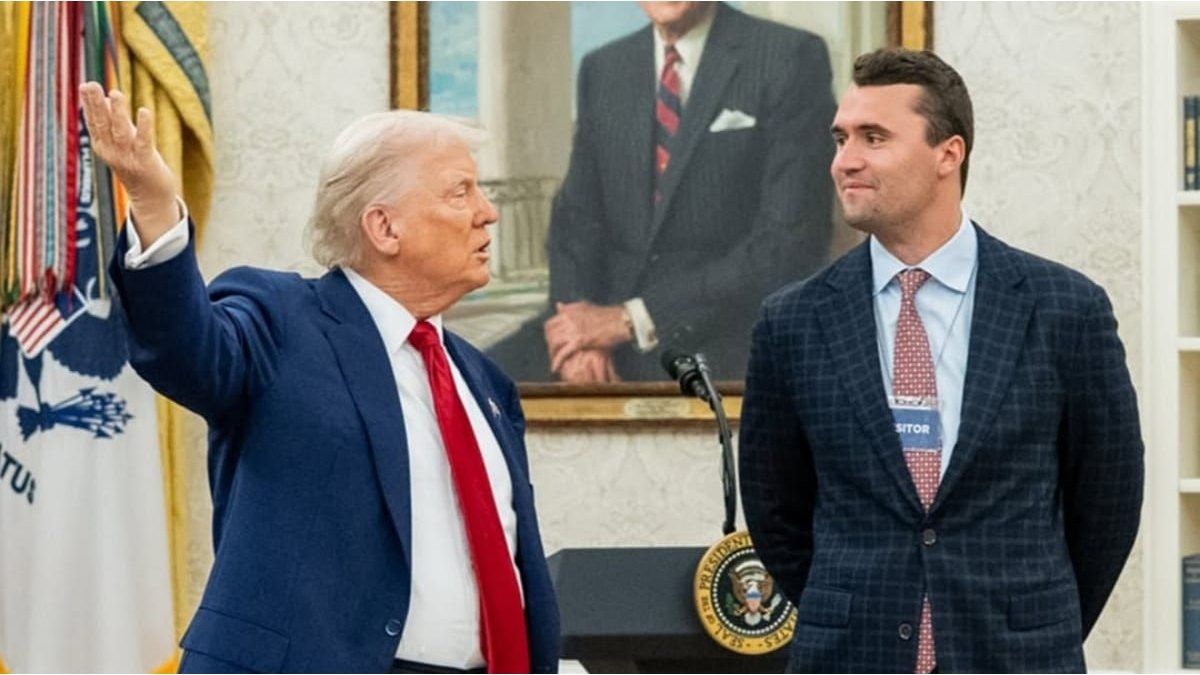He Government is not going to use money laundering dollars to finance itself, in case you do not manage to raise enough amount to face some of the bond maturities that lie ahead. The Minister of Economy, Luis Caputo, ruled out that he is going to issue bills in dollars, to capture part of that money as was being speculated in the market.
The official said that he intends that this money serves to increase the mass of credits to the private sector. It is estimated that the amount of laundered dollars would be above US$12,000 million and for the moment, they show no signs of leaving the special accounts.
On the first day that the taxpayers who laundered during September were enabled Only about US$154 million went away.
It should be remembered that it is expected that there will be withdrawal of funds and that during the laundering extension period Until the 31st of this month, some more income will be produced, but nothing decisive. Since those who were going to testify in principle had until September 30, they already did so. There may be cases of people who, due to operational problems or mistrust, now plan to enter.
Beyond that, the mass of dollars in bank accounts to the 1st October was $31,367 million. Of them, some US$3.4 billion are in fixed terms, and of that amount, some US$2 billion are for a period of between 30 and 60 days.
However, and maintaining the conditions of the stocks, with an exchange rate that the market considers backward, Caputo intends for there to be a greater supply of credit in dollars to the domestic market, which could benefit companies.
Currently, the leading companies are placing abroad at rates of around 8.5% annually in dollars, Therefore, maintaining the conditions of the stocks, it is intended that the rates in currency hard to the internal market are a couple of points lower.
With this, companies could access cheaper financing or for banks to generate a good supply of credit for consumption.
The head of the Treasury Palace understands that the money that came out of the Argentines’ mattresses should now be used to generate a reactivation of the economy, which in reality is very ironed and without prospects of V-shaped saliva as they assumed in the officialdom at the beginning of the administration.
How much money could go on credit?
The consulting firm Quantum, whose owner is the economist Daniel Marx made some estimates based on the money laundering that was carried out during Mauricio Macri’s administration (2015-2019). On that occasion, deposits “increased US$11,000 million in the entire externalization window -9 months, going from US$12.4 billion to US$23.4 billion.”
Point out that “the deposits increased during the laundering remained in the banks” and “they continued to grow until PASO 2019, becoming US$32.4 billion.”
100 dollars
“Of the total increase of US$20 billion between July 2016 and the pre-STEP maximum of 2019, banks lent approximately half to the private sector, while of the other 50%, 70% were transferred from their treasuries. to the BCRA, increasing gross international reserves,” indicates the report.
Instead, he now points out that “the data as of October 1 show that Banks keep in their vaults just over 77% of the increase of US$13,000 million -US$10,000 million-”.
“Only “US$1,954 million became part of the BCRA’s gross reserves,” the report says, estimating that “most of the difference was channeled into loans to the private sector.”
Source: Ambito




